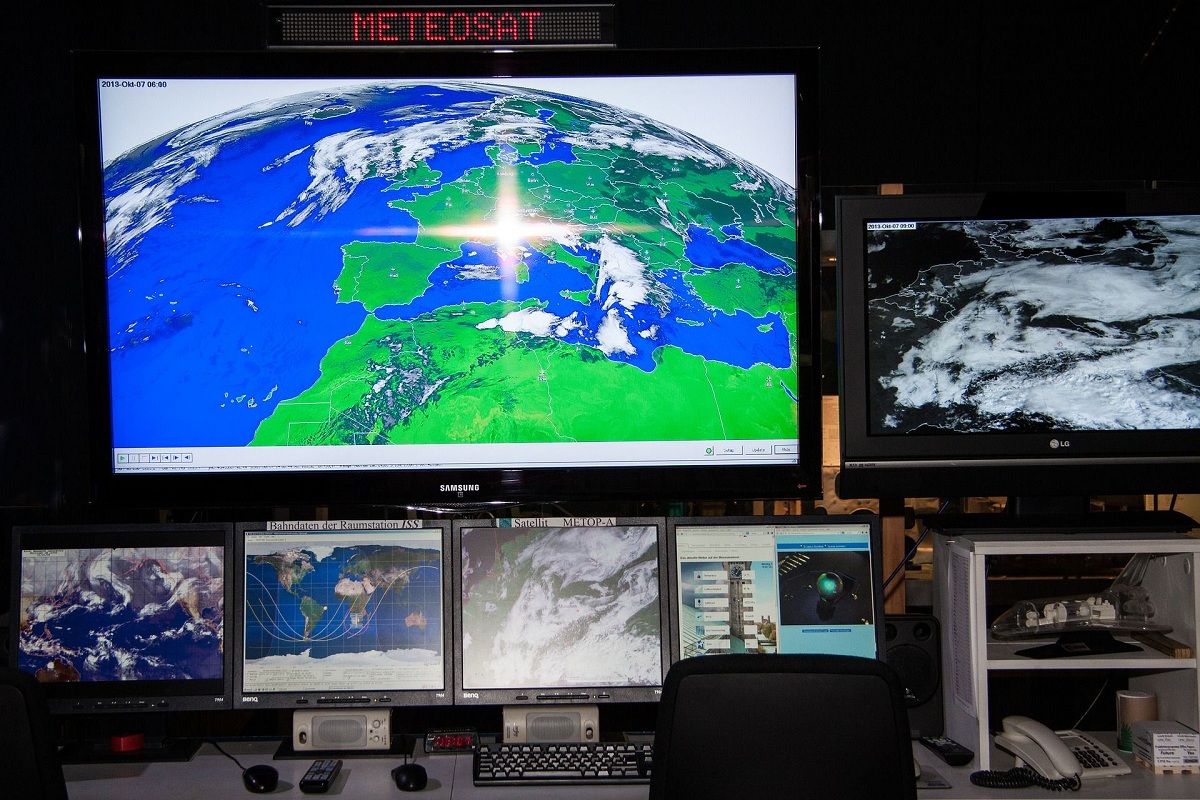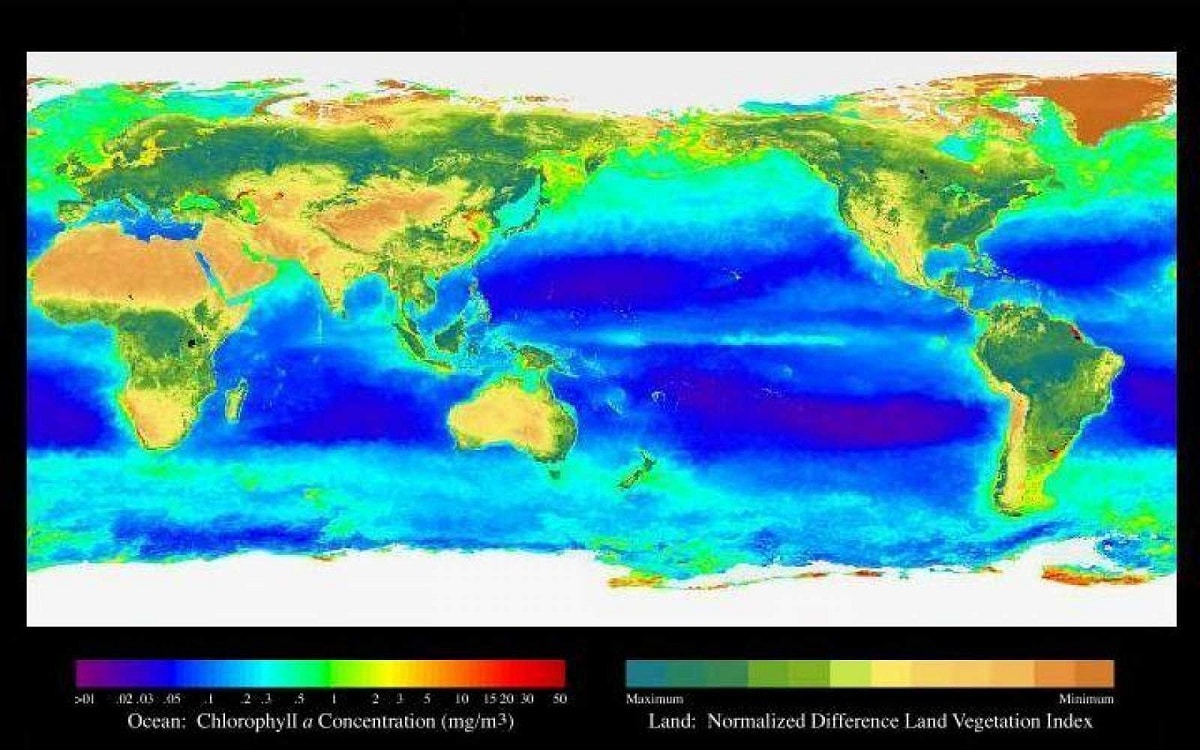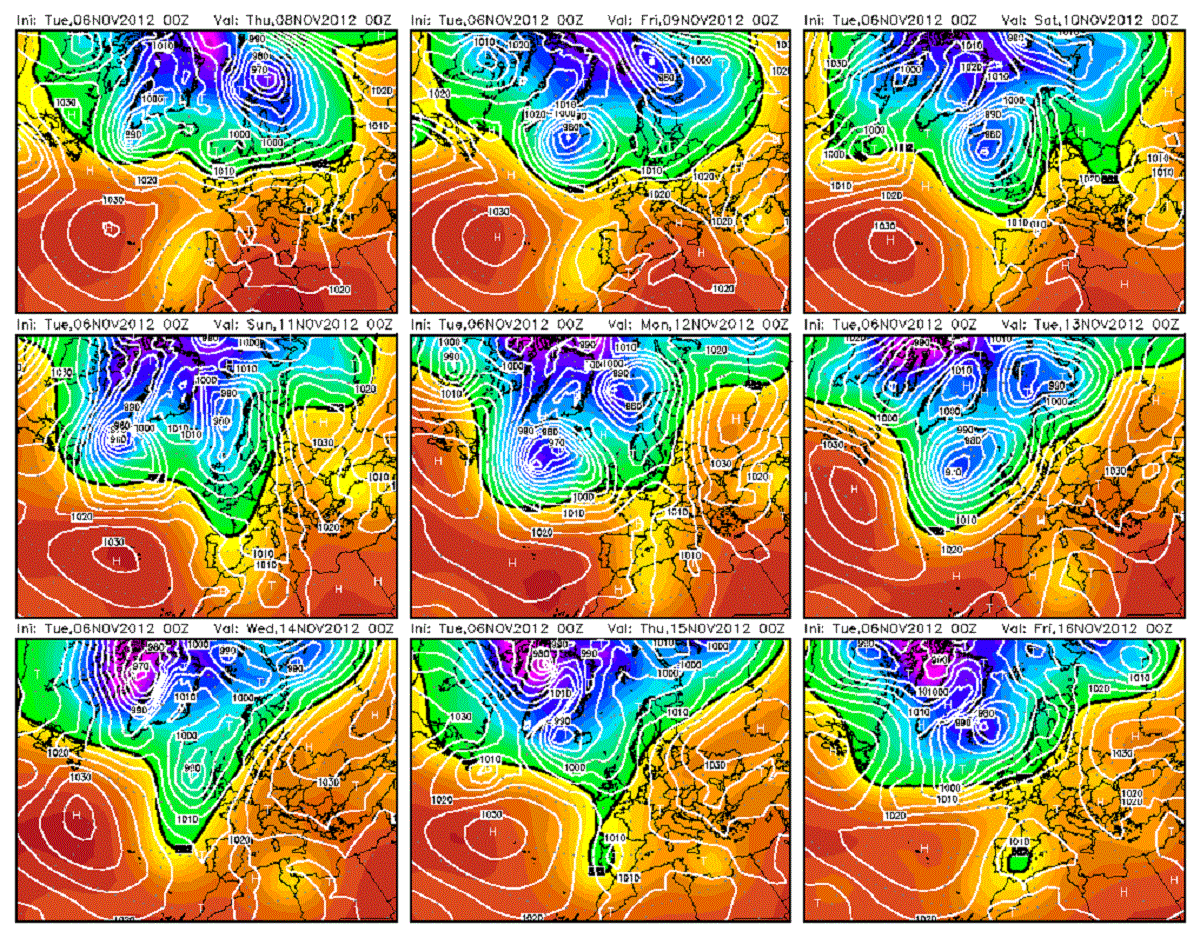
To be able to make predictions in the meteorology and know the weather that is going to do, the weather models. These models are mainly based on a computer program that is capable of processing the corresponding meteorological information or a specific moment. This moment is always tried to be in the near future and is established for certain parts of the planet and certain attitudes. We cannot guarantee that weather models can predict with complete certainty what the weather will be like in the next few days. In fact, adequate accuracy is not guaranteed after 4 days of prediction.
In this article we are going to tell you everything you need to know about weather models and how it works.
Key features

Meteorological models must analyze a multitude of meteorological variables. The variables are those that influence the lower layer of the atmosphere that we know as the troposphere. It is here that large-scale weather events and climate events take place. The variables to be studied are the following: temperature, humidity, cloudiness, wind, solar radiation, atmospheric pressure, among other. All these variables are in continuous change due to some activities such as the rotation and translation movement of the earth on the sun.
Once they have analyzed the variables, they work with mathematical equations with which they try to predict in a more exact way than another how the atmosphere will behave in the following hours, days, weeks and even months and years. These meteorological models that try to estimate the value of the variables from months and years are called climate models. This is due to the difference that exists mainly between meteorology and climatology. And it is that methodology is the science that studies time. That is to say, the time it will do at a given moment. However, climatology is the one that studies the evolution of the values of all the atmospheric variables that we have mentioned above over time.
The set of values is what makes up the climate of an area. If we analyze in the horizontal plane, a model can be both global and cover the entire tonality of the earth or at the regional level, in this case it only covers a part of the planet.
Operation of meteorological models

The meteorological models of distributing data that are obtained through different sources. These dates They are obtained from radiosonde, meteorological satellites and meteorological observations. All these observations are unevenly distributed and are able to process those given by assimilation and analysis methods. These analysis methods are capable of establishing various parameters based on the values of the atmospheric variables. All these values are usable by mathematical algorithms that are used in these meteorological models.
Thanks to these models, calculations can be made with certain mathematical equations that use the data obtained and are available at this time. Thanks to these data, estimates can be obtained on the rates at which the values of the atmospheric variables change. The rhythms in these changes they allow predicting the state of the atmosphere within a short period of time in the future.
This is one of the reasons why weather models based on this data become less viable and extracts as more time passes. That is, the more in the future we want to measure and estimate the situation of the atmosphere, the less accurately we will have values.
Model variants

Since there are many types of meteorological models, there are great variations between them. A large number of models have been developed by various agencies and bodies that are dedicated to studying meteorology. These same organizations are the ones that implement methodological diversities in order to forecast the evolution of meteorological variables. Among these models we have the best known as the Global Prediction System of the National Oceanic and Atmospheric Administration of the United States (NOAA).
There are also other types of models that are less known but are still used for this prediction. We have the ECMWF. It is the European Medium Term forecast model, it is the forecast model issued by this center to which 23 European states belong, including Spain. Each one of them has a main objective that is the meteorological prediction although it uses some different techniques.
Another well-known model is that of the AVN. It is the American model of Aviation. Its modeling to reach at least 5 hours to be able to predict what will be the time in which the flight route lasts. In this way, it is guaranteed that the match is going to be done without any interference.
Climate controllers and weather models
Climate controllers are basically the factors that influence the global climate. As we know, the sum of the values of the atmospheric variables over time is what establishes the climate of a region and of the whole world. Therefore, these climate controllers are essential when establishing meteorological models.
Let's see in more depth what are the meteorological variables that are studied in meteorological models:
- Temperature: temperature is one of the variables that most influences climate and meteorology. These values fluctuate due to the amount of inclination of the solar rays on the earth's surface.
- Humidity: Humidity is the amount of water vapor that exists in the atmosphere. The humidity allows the development of precipitation and cooler conditions.
- Wind: winds move as a function of atmospheric pressure. Its main engine is the solar radiation that falls on the surface of the earth.
- Atmospheric pressure: it is one of the main engines of precipitation globally. Pressure changes occur with modifications in the amount of solar radiation that hits the earth's surface. As a result, points with a low atmospheric pressure and others with a high pressure are established. At low pressure points there are storms where intense precipitation forms and at high pressure points there is a good temperature and good weather.
- Solar radiation: is the amount of sunlight that hits the earth's surface.
I hope that with this information you can learn more about meteorological models and how they work.